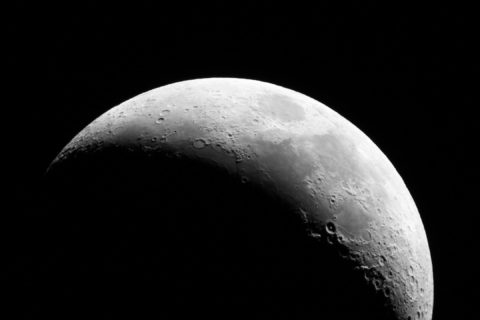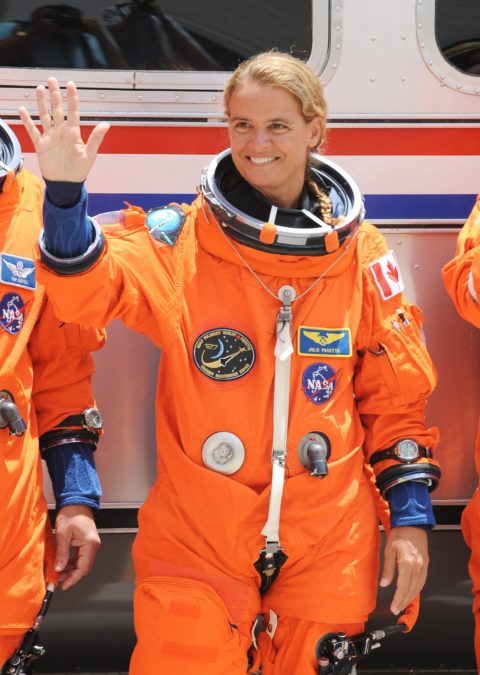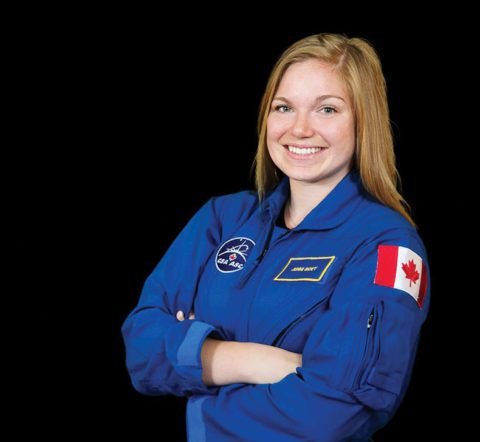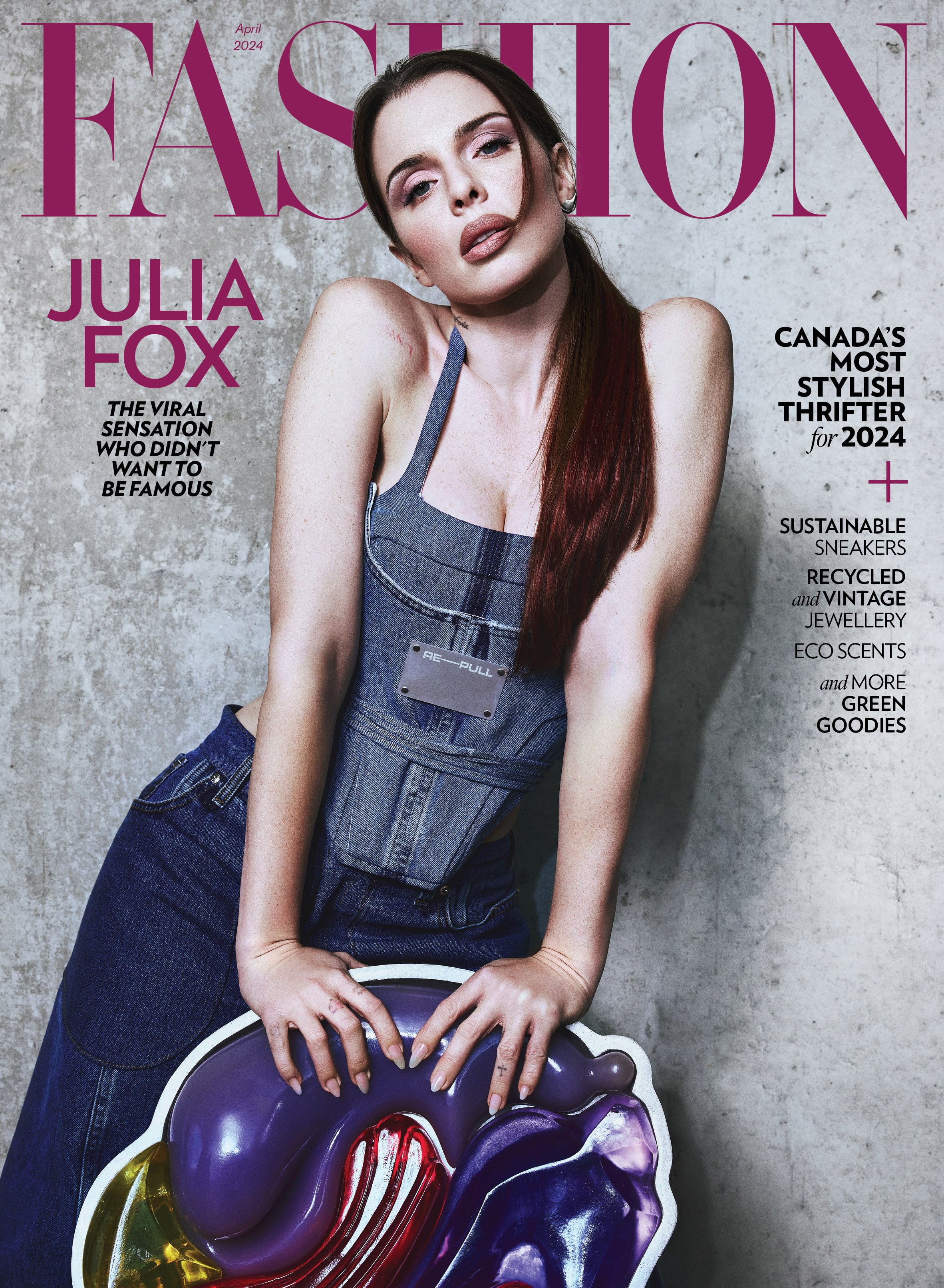Would You Travel into Space if You Could?
Despite promises of civilian space travel floating around for nearly two decades, no such programs have successfully seen liftoff. But that begs the question: how much of a vacation could space actually offer?
The final frontier has always been space travel, and for decades it has felt like space tourism—and even space colonization—is just about to take off. Back in 1975, NASA scientists theorized that a wheel-shaped space colony named Torus “could be built before the year 2000.” They said it would be situated between the earth and the moon and that it could accommodate 10,000 people. In reality, earlier this year, we celebrated the 40th anniversary of the 1977 launch of the Voyager 1 space probe, which has travelled 20 billion kilometres so far. It is the only man-made object known to have left our solar system and entered interstellar space.
Since the 2000s, a handful of companies have floated plans to take people into space: short flights to experience weightlessness, promises of visits to space hotels, a competition for one of 200 seats on a one-way trip to Mars…. But these kinds of announcements—Richard Branson’s Virgin Galactic, Elon Musk’s SpaceX and Jeff Bezos’s Blue Origin, to name but a few—have come and gone over the years without any actual launches. (Although there have been some serious test-flight accidents!) Still, a ritzy few individuals have plunked down anywhere from $200,000 to $100 million to secure seats. Space travel is certainly an exclusive club—celebs including Leonardo DiCaprio and Justin Bieber have reportedly already signed up.
How much of an actual vacation these trips would be, though, remains to be seen. Between 2001 and 2009, seven private citizens paid an estimated $20 million to $40 million U.S. each to the Russian Space Agency for a short stay on the International Space Station. One of the seven, Denis Tito, underwent eight months of vigorous training. Another, South African Mark Shuttleworth, called his 10 days in space a “most extraordinary experience” but also said that readjusting to earth’s gravity was fairly tough.
Putting aside the price tag, the training commitment, the limited availability, the technical barriers and, of course, the risk of death, the biggest hurdle of space travel may just be that even when the option (one day…) becomes feasible for regular people, it will still be too much work.
For most people, travel is a break from life’s daily grind. It’s a time to get pampered at a nice hotel. It’s downtime to relax and inhale a salty sea breeze. It means leisurely meals on a patio, and a pool for swimming is usually involved. Vacuum-packed space food will not come with Michelin ratings any time soon, and Gucci does not (yet) make suits that are appropriate for real space walks. Not to mention the fact that long-term exposure to space radiation is still a potentially fatal barrier to deep-space travel for humans. So, for now, luxe space travel à la the recent Passengers movie remains about as far out there as that Voyager 1 probe.
Still, it’s a good thing that so many of our tech titans also want to be space innovators. All their R&D efforts to get non-astronauts (and maybe even some non-celebs) to space are generating some intriguing travel advancements that could take our earthbound jet-setting goals higher, faster and farther: We could soon have drone delivery service from Jeff Bezos, hyperloops (a.k.a. super-speedy underground tunnels) from Elon Musk and maybe even fancy airships from Sergey Brin.
Mark Zuckerberg, we wish you and Stephen Hawking all the best with your Starshot project’s plans to send “nano-craft” into space to search for alien life. But when it comes to our personal travel goals, please continue the virtual reality (VR) research, too. While we won’t get the chance to stargaze from a literal lunar patio in our lifetimes, VR advancements could still transform us into armchair (space) travellers. Like the crews of Star Trek, we could soon be vying for “holodeck” time—right from the comfort of our living rooms. Then all we’ll need is a real Blue Moon cocktail to go with our virtual lunar view. Now that would be a far-out trip.











